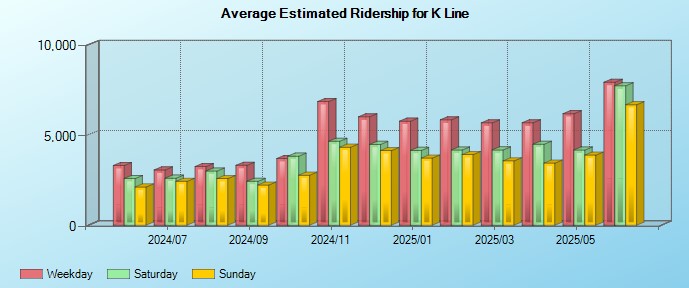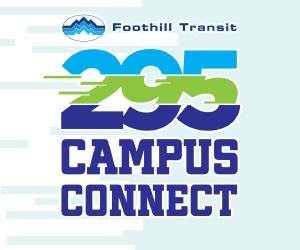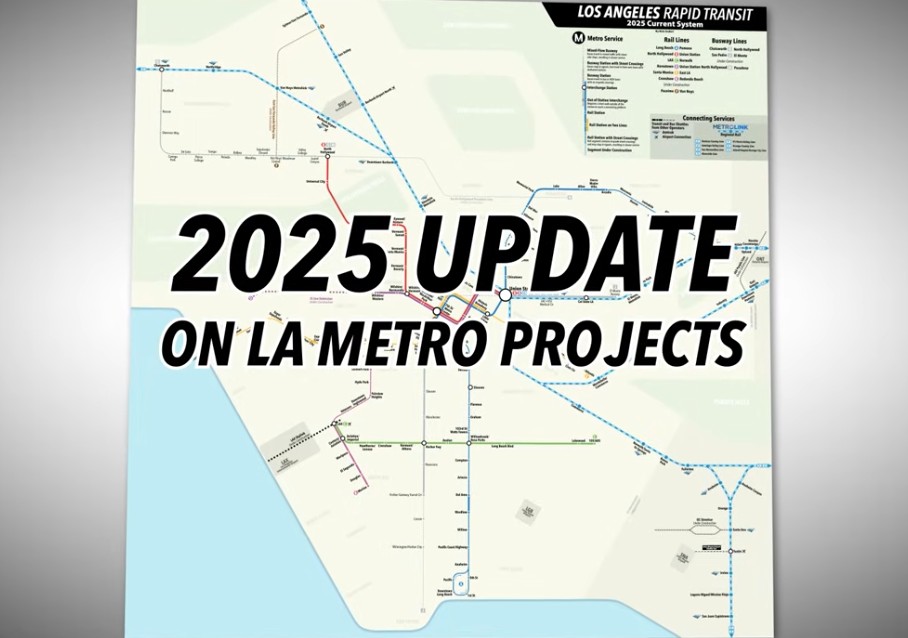For nearly two months, dehumanizing Southern California ICE raids have torn families apart, sent communities into hiding, slammed the California economy, and more. Newly released Metro ridership statistics reflect some of the current impacts of ICE terror as many L.A. residents are not safe in public spaces, including taking trips on transit.
Some ICE kidnappings have taken place on transit - at bus stops, at stations, on buses. Some bus operators have resisted ICE to protect riders, and advocates are pressing transit agencies to formally step this up. But a transit trip never starts and ends on transit. Most bus and rail riders start their trip on foot - traveling L.A. sidewalks exposed to ICE attack. L.A.'s immigrant communities - and broadly many people of color - feel and, indeed, are not safe in public spaces.
This effective banishment from public space is reflected in the latest Metro ridership statistics.
Large scale ICE enforcement activity managed to snap a 30-month streak of Metro ridership growth - spanning from December 2022 to May 2025. During that time, Metro average daily ridership grew steadily, largely erasing a significant ridership drop at the early 2020 outset of the COVID pandemic.
In mid-June, the L.A. Times reported that Metro ridership plummeted 10-15 percent due to ICE raids. At the time, the ICE attack on L.A. had resulted in large scale protests, a downtown curfew, and several Metro station closures and partial line closures, and frequent delays and re-routing of central bus lines. ICE terror didn't stop, but by the end of the June, Metro was managing the ongoing disruption better, and saw transit ridership already recovering somewhat.
In June 2025, Metro saw 877,008 average weekday boardings, a 6.6 percent drop percent from last June's 939,615. Metro also reported that the monthly total number of boardings was down 6 percent year on year, with total bus rides down 5.9 percent, and total rail rides down 6.5 percent. (Neighboring Orange County saw a 13 percent drop.)
June 2025 was quite a bit lower than May 2025, when daily Metro boardings exceeded a million. But June ridership is also pretty much always somewhat less than May. Ridership varies seasonally; summer months are typically lower than the school year.
In a press release Metro highlighted what appeared to be a ridership success story on the Metro K Line. In June, the Metro K Line had its highest ridership month ever: 7,916 daily riders. Year-over-year weekday ridership on the Metro K Line was up 139.5 percent.
K Line ridership growth is good, but this is not quite the success story it looks like.
Recent K and C Line Ridership Details


With the June 6 opening of the new LAX station, Metro completed the initial phase of its K Line construction. Last month, the K Line went from two ~5-mile stubs to a full 11.5-mile north-south rail line. SBLA predicted the new network connectivity would mean increased K Line ridership.
But the lion's share of June's 139 percent year-to-year growth is not really ridership growth, but just shifting of C/Green Line riders to the K Line. In November 2024, the South Bay portion of the C Line transitioned to the K Line. In November, K Line ridership added about 2,500 daily boardings, while C Line ridership lost a similar number of riders.
For an apples to apples comparison for June 2025, look to combined ridership for both the C and K Line. Taken together, C plus K ridership declined about 6 percent year-to-year (24,648 to 23,141). That dip is about the same as June's overall ridership dip.
(Lastly, though they serve many people, the C and K lines are today the lowest ridership rail lines in the Metro system. Even with its best month ever in June, the K Line carried just under 1 percent of weekday Metro riders. The C Line carried just under 2 percent. The lines are needed and worthwhile, but it's a mistake to read too much into a relatively small part of the overall picture.)
Even with the new connectivity and LAX station - and the highest ridership month in the three years the K Line has been open - ICE's dehumanizing raids significantly depressed ridership across the Metro system.







